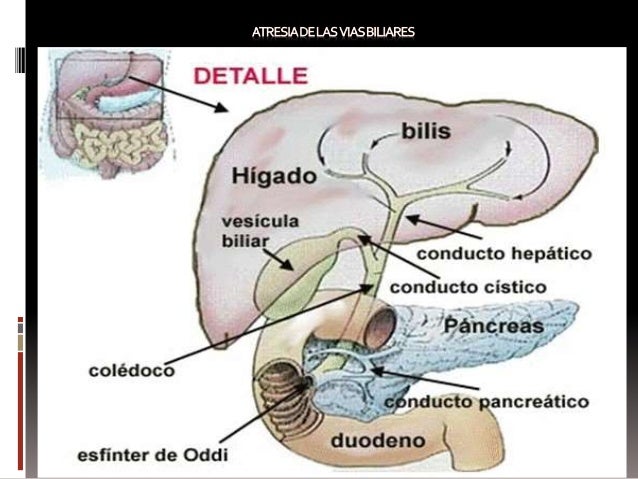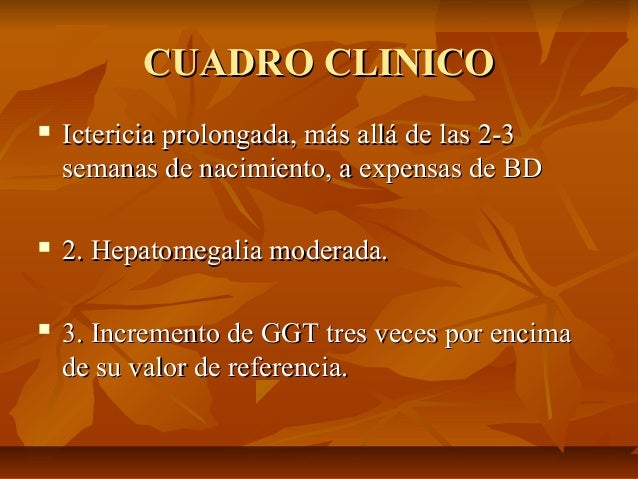Atresia Das Vias Biliares Pdf
Posted By admin On 12.10.19Atresia de vias biliares pdf list, and, Solid edge v18 for windows 7, System of a down mesmerize torrent.
. O L B at our institution. A M S P D C THE PSTC The revisedABP requirements specify that a fellowmust satisfy specific criteria for clinical training, complete core academic require- ments, and produce a scholarly written work.
Each subspecialty program director (PD), division director, and department is respon- sible for developing the content and for evaluation of ‘‘scholarly The ABP requirement states that the SOC should consist of 3 or more individuals, at least one of whom is based outside the subspecialty discipline. In general, the SOC should include the primary mentor supervising the scholarly activity, a mentor for the fellows’ clinical training and career development, and a mentor capable of providing insight and perspective in the area of scholarship being pursued by the trainee. For training programs with small numbers of fellows, the PSTC encourages exploration of innovative solutions, such as using members of divisions with common interests to form the SOC, with a different person for each trainee serving as the mentor on the scholarly activity. Although a fellowship PD may serve as a trainee’s mentor and participate in the activities of the oversight committee, the ABP recommends that the PD should not From the Division of Pediatric Gastroenterology, Hepatology, and Nutrition, Cincinnati Children’s Hospital Medical Center. The opinions expressed herein by the author(s) do not necessarily reflect the official endorsement of The Association of Medical School Pediatric Department Chairs, Inc. ( J Pediatr 2005;147:277-8) 277 NOTES FR PEDIATRIC SUBSPE FELLOWSHIPS AT CIN HOSPITAL MEDICA WILLIAM F. BALISTRERI, MD, ALAN JO T he increasing public demand for highly specialized, disorder-specific care of children is not being met.1 To close thisgap, departments of pediatrics must recruit and promote ex- cellence in academic subspecialty training for the investigators and teachers of tomorrow.

Atresia De Vias Biliares

Thus the goal of fellowship training is to prepare subspecialists for a successful academic career, recognizing that subspecialty issues are multidimensional; subspecialists must be prepared to provide high-quality child health care, educate future health care researchers, providers, and acquire new knowledge.2 In recognition of these issues, the American Board of Pediatrics (ABP) changed the training requirements leading to subspecialty certification for fellows beginning their training after July 1, 2004 (see www.abp.org).

Biliary atresia is a rare disease of infancy, which has changed within 30 years from being fatal to being a disorder for which effective palliative surgery or curative liver transplantation, or both, are available. Good outcomes for infants depend on early referral and timely Kasai portoenterostomy, and thus a high index of suspicion is needed for investigation of infants with persistent jaundice. In centres with much experience of treating this disorder, up to 60% of children will achieve biliary drainage after Kasai portoenterostomy and will have serum bilirubin within the normal range within 6 months.
80% of children who attain satisfactory biliary drainage will reach adolescence with a good quality of life without undergoing liver transplantation. Although much is known about management of biliary atresia, many aspects are poorly understood, including its pathogenesis. Several hypotheses exist, implicating genetic predisposition and dysregulation of immunity, but the cause is probably multifactorial, with obliterative extrahepatic cholangiopathy as the common endpoint. Researchers are focused on identification of relevant genetic and immune factors and understanding serum and hepatic factors that drive liver fibrosis after Kasai portoenterostomy. These factors might become therapeutic targets to halt the inevitable development of cirrhosis and need for liver transplantation.